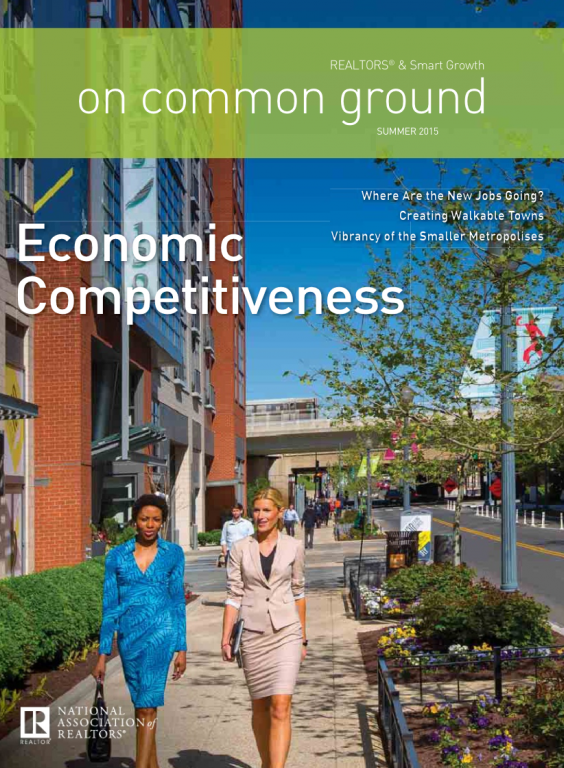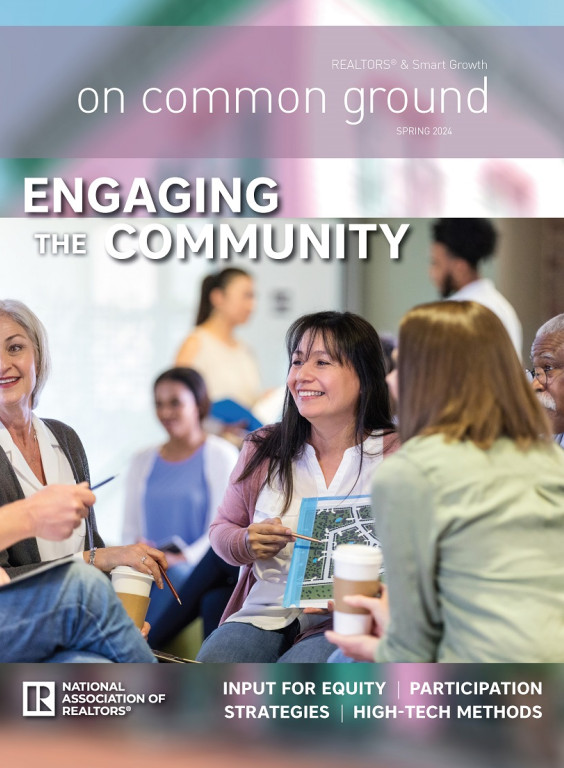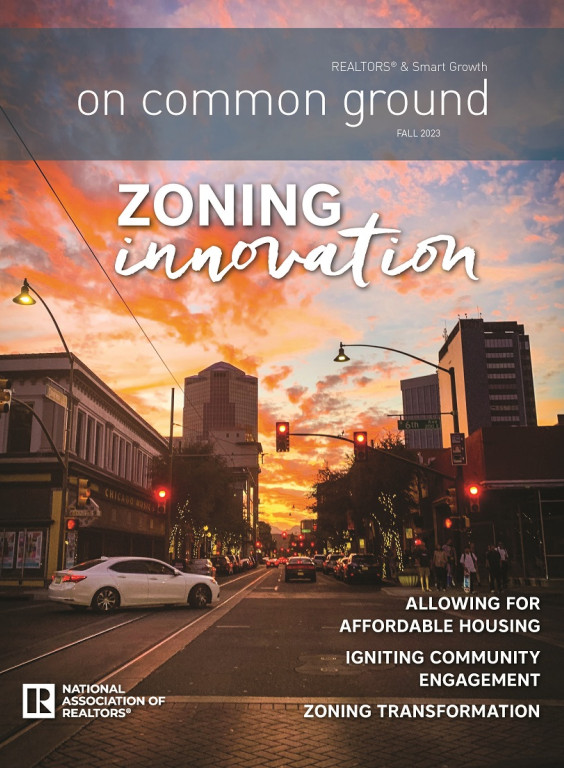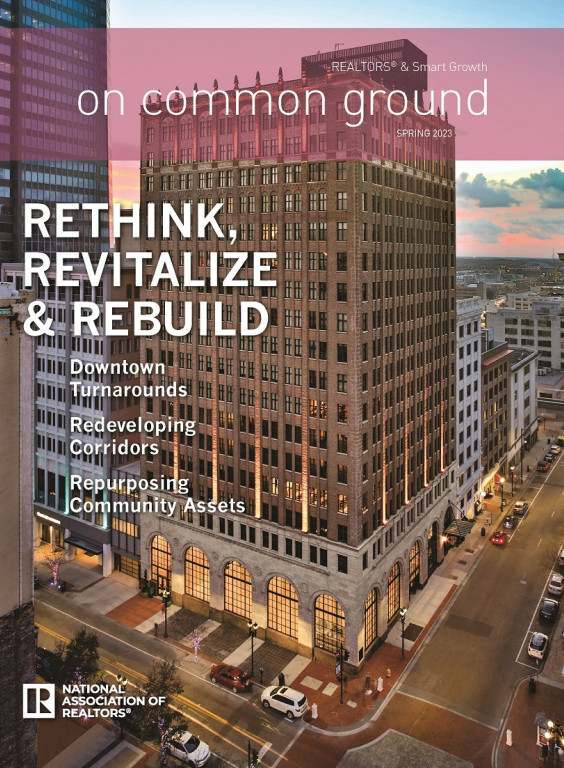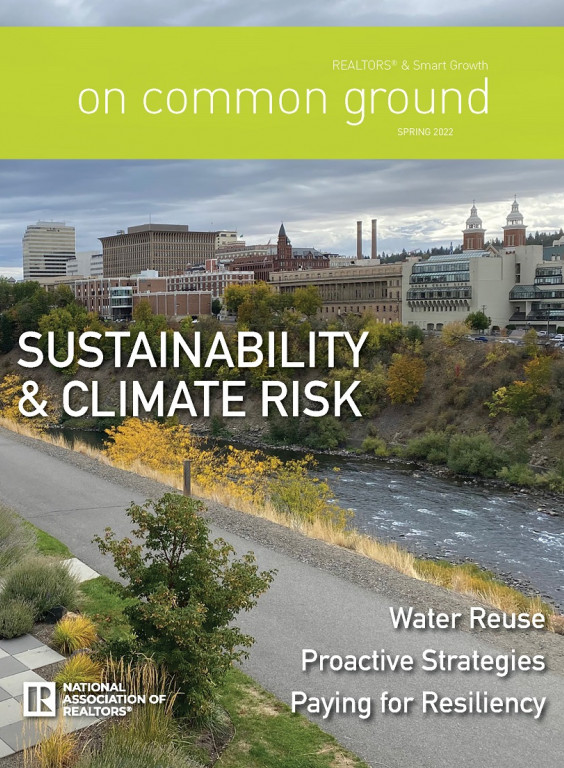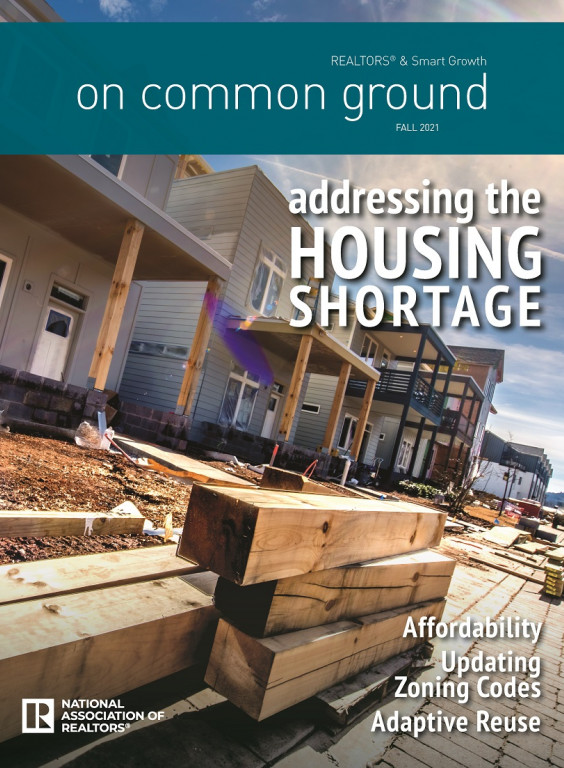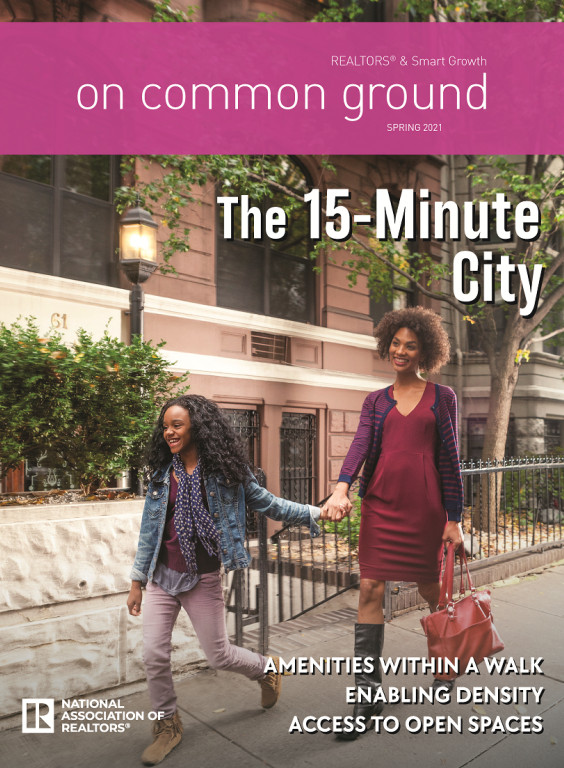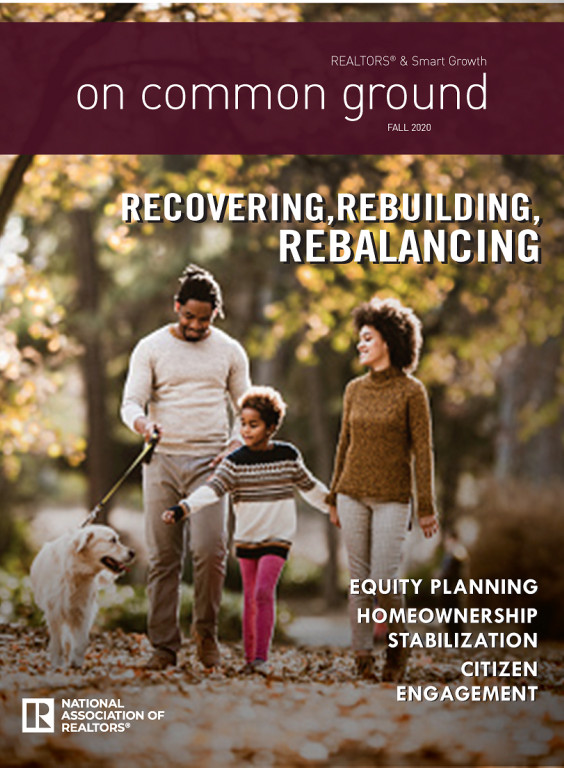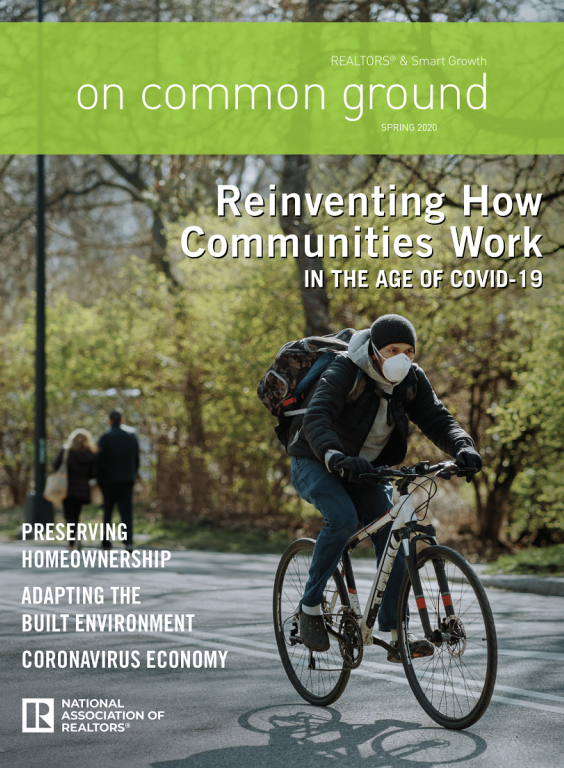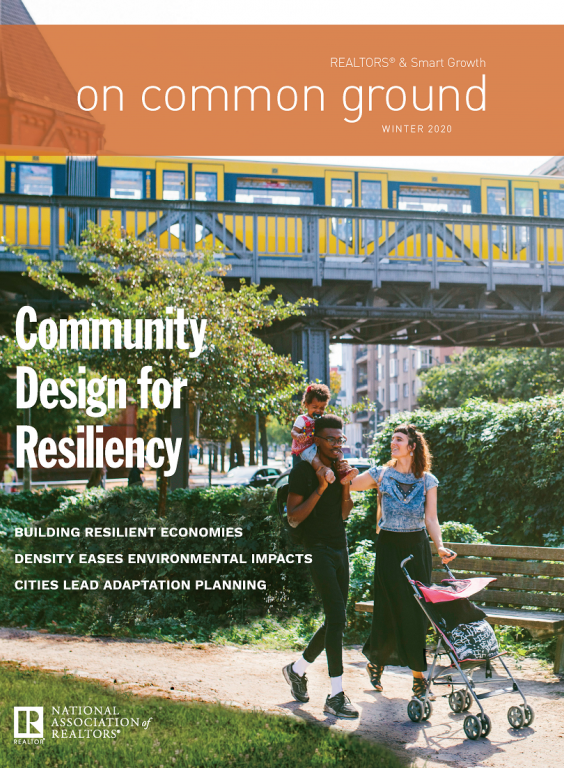As the U.S. continues to recover from the 2007-2009 recession, it is becoming clear that most of today's job creation is happening in major metropolitan areas, especially in their central cities. As start-ups, entrepreneurs, and young talent gravitate toward walkable urban areas, many communities are trying to stay competitive by implementing safe bicycle routes, public transportation, and pedestrian-focused neighborhoods with street vitality.
Download (PDF: 9.18 MB)
In This Issue
As the U.S. recovers from the recession, city centers are seeing that smart growth, like walkability and access to transit, is linked to job growth.
To draw millennials, employers choose locations in vibrant, walkable centers.
Millennials’ preference for bicycles and alternative transit revitalizes metro areas.
Developers and planners are working to provide not just a place to live but a lifestyle — and to make it accessible for budget-conscious millennials
Light industrial/retail, mixed-use buildings called “maker spaces” are bringing jobs and vitality to neighborhoods around the country.
Communal office spaces grant memberships to freelancers and ‘solopreneurs’ looking for collaborative workspaces.
Kitchen incubators help entrepreneurs become restaurateurs.
Small communities use smart growth tools to gain an economic edge.
Smaller cities are thriving by providing urban amenities, affordable housing and sustainability efforts.
Programming at public parks spurs restaurant, retail and residential development.
Creating a supportive climate for entrepreneurs keeps technology jobs local.
THE NATIONAL ASSOCIATION OF REALTORS® honors seven local REALTOR® associations with NAR Community Outreach Awards.













